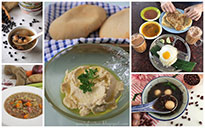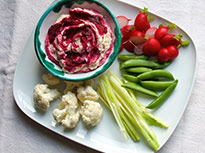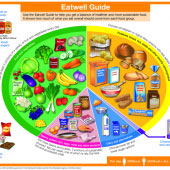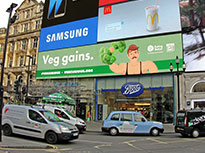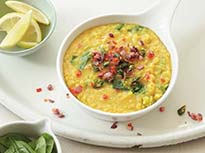- Details
By Yen Simpson at GoodyFoodies
Pulses can easily be incorporated into your daily diet, all year round. Soups are a family-favourite, be it an Asian or Western-style soup. Over Christmas, we made a warming pot of Scotch Broth, to which we add barley and lentils. Using organic chickpeas, I would often make hummus for my husband — he loves it so much that he eats it often with toast in lieu of fruit jams. Speaking of breakfast, we sometimes have dhal with roti canai, a Malaysian-type flatbread at the local mamak.
- Details
It’s simple to incorporate healthy pulses into your every day eating plan and wonderfully satisfying and tasty too.
- Details
By Annabelle Randles. This post originally apppeared on theflexitarian.co.uk.
Small but mighty pulses are considered to be an invaluable food for a healthy and sustainable future. So much so that the United Nations Food and Agriculture Organization (FAO) declared 2016 Year of The Pulses. As we step into 2017, we prepare to celebrate Global Pulse Day on January 18th.
- Details
Oxford University and Public Health England published a new analysis identifying the gap between healthy, sustainable diets, and what the average person consumes. The analysis discusses our need to reduce our red & processed meat and cheese intake, and replace it with more fruit and vegetables, beans and pulses.
Read the analysis here.
- Details
By Sue Dibb
Eating Better has launched a new campaign aimed at encouraging men to explore their vegcurious side, writes Sue Dibb.
- Details
By: Jenny Chandler
2016 was the United Nations F.A.O. International Year of Pulses, its aim to promote awareness and greater consumption of these “nutritious seeds for a sustainable future”; well, that year may have come to an end but now’s the time to build on the momentum.

